The Vault is Slate’s history blog. Like us on Facebook, follow us on Twitter @slatevault, and find us on Tumblr. Find out more about what this space is all about here.
In 1931, George Balanchine, who was ballet master and choreographer for the Ballets Russes de Monte Carlo, recruited “baby ballerina” Irina Baronova, a 13-year-old dancer of Russian birth. The company wanted to be modern in its approach, looking to put together quick, smart productions with smaller budgets, less frippery, and more modern choreography than the established companies. Hoping for freshness and flexibility, Balanchine cast very young ballerinas.
The company’s name and approach to dance came from an iconic early-20th-century group directed by Sergei Diaghilev, which had performed widely in Europe but only a few times in the United States. The new Ballets Russes companies of the 1930s toured often in the States, and with the accessibility and modernity of their approach, fueled an increase in ballet’s popularity in this country.
Irena Baronova’s daughter, actress Victoria Tennant, has recently published a book of her mother’s photographs from this time, Irina Baronova and the Ballets Russes de Monte Carlo. The book includes many joyful snapshots of the Ballets Russes dancers swimming, diving, and dancing at the beach or the pool on their days off. In the intense athleticism of their horseplay, we can get a glimpse of what it might have been like to see them on stage.
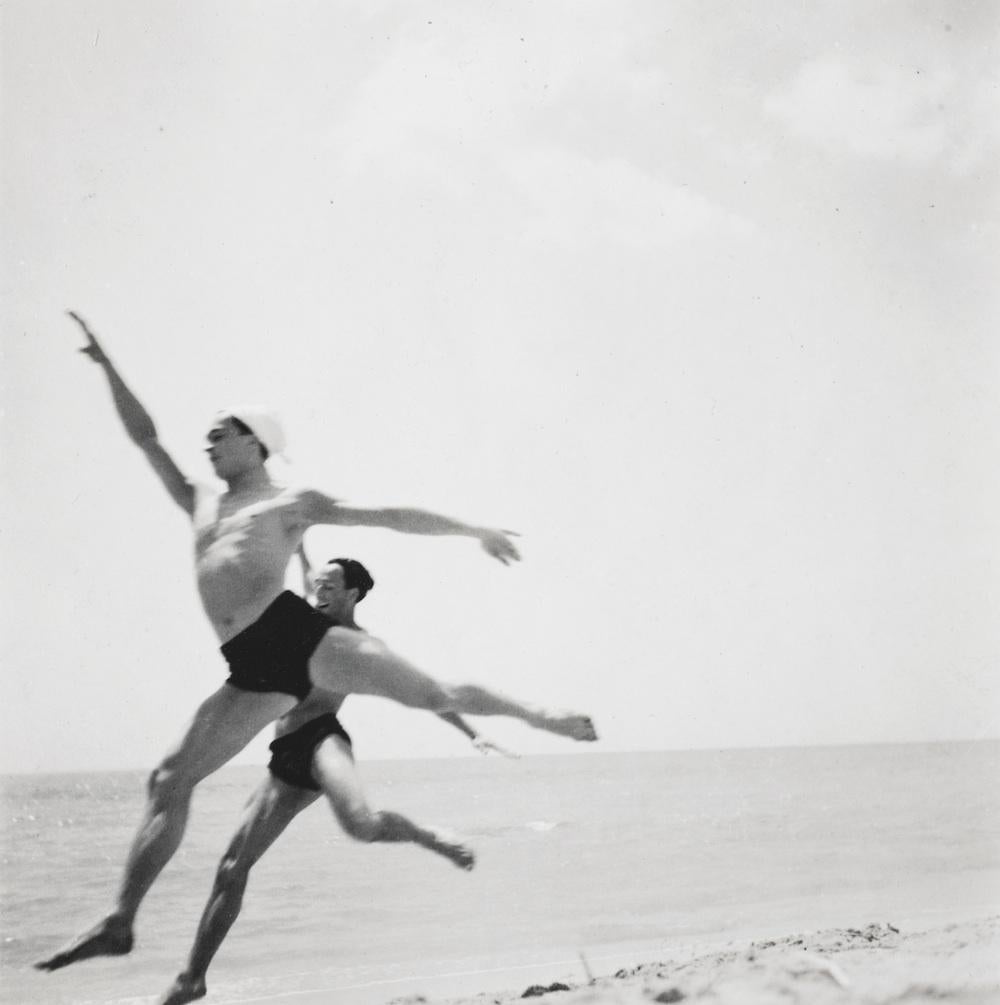
Irina Baronova and the Ballets Russes de Monte Carlo.
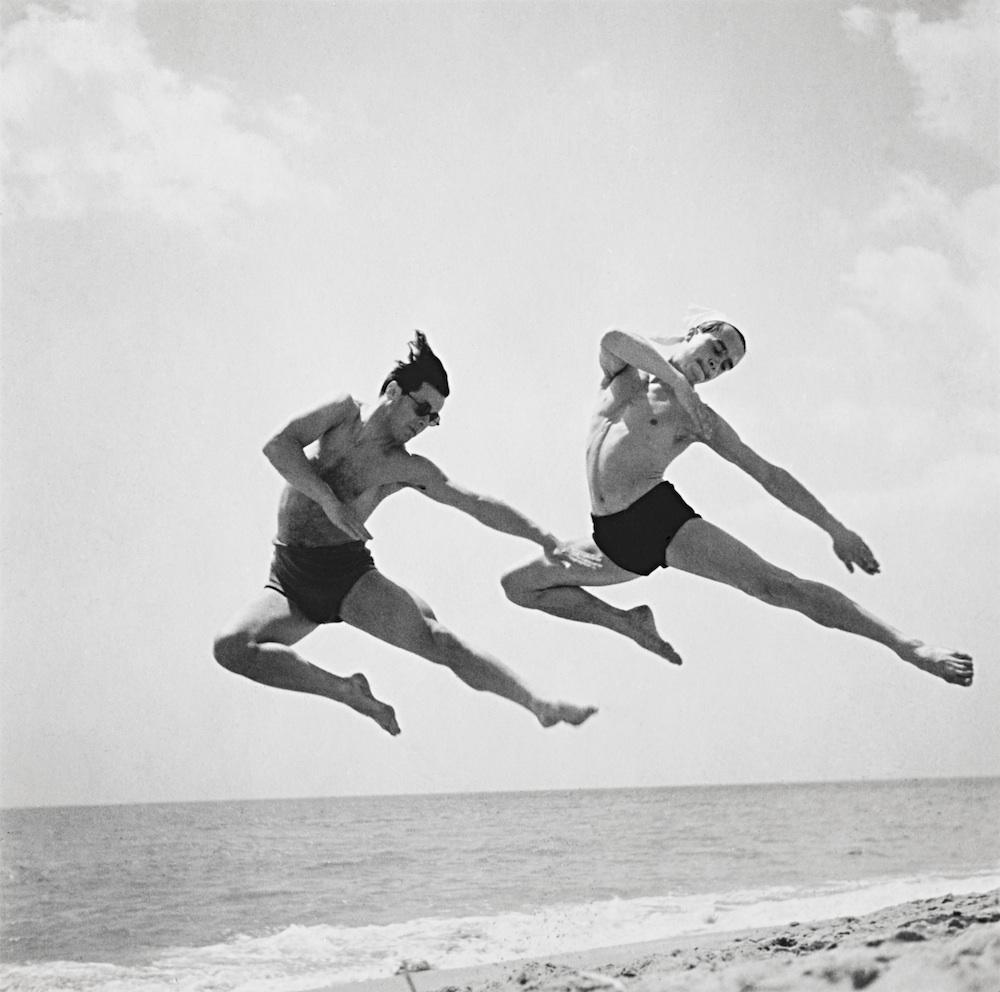
Irina Baronova and the Ballets Russes de Monte Carlo.
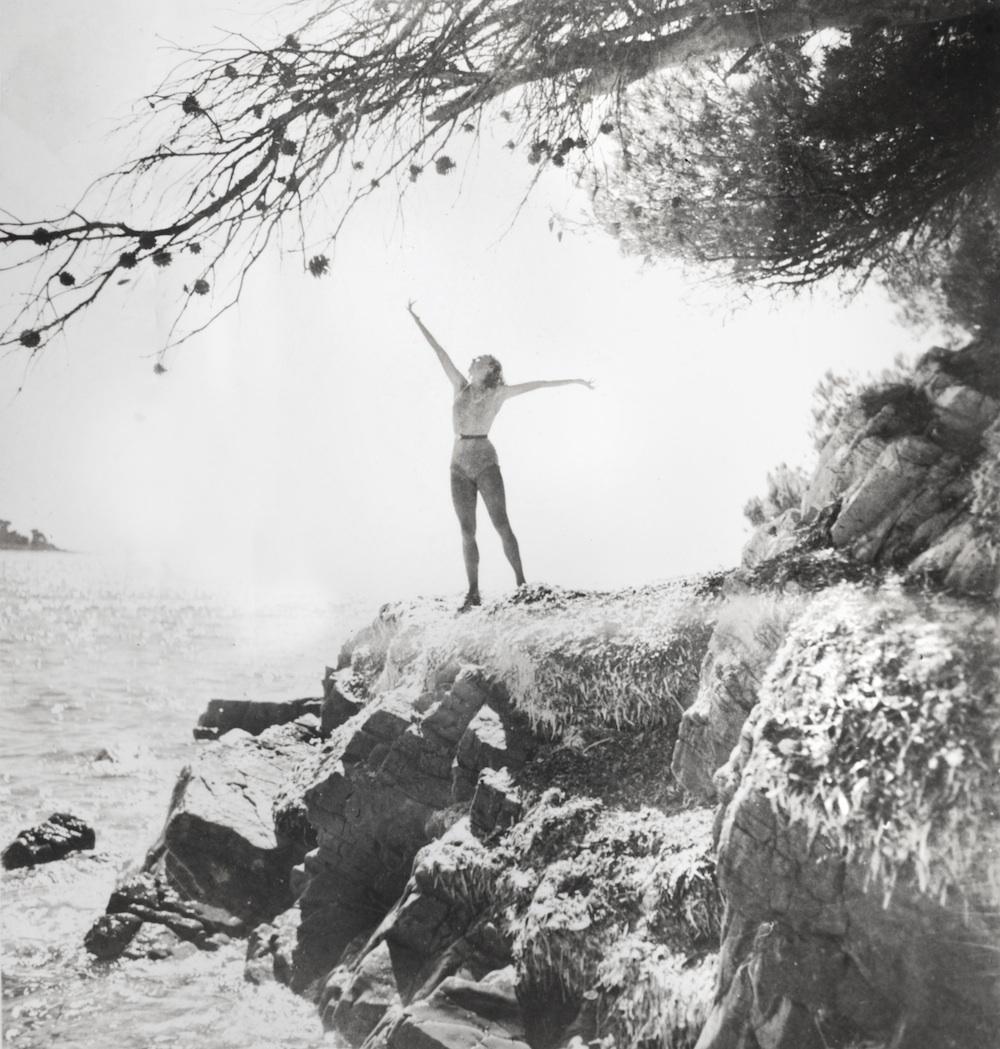
Irina Baronova and the Ballets Russes de Monte Carlo.
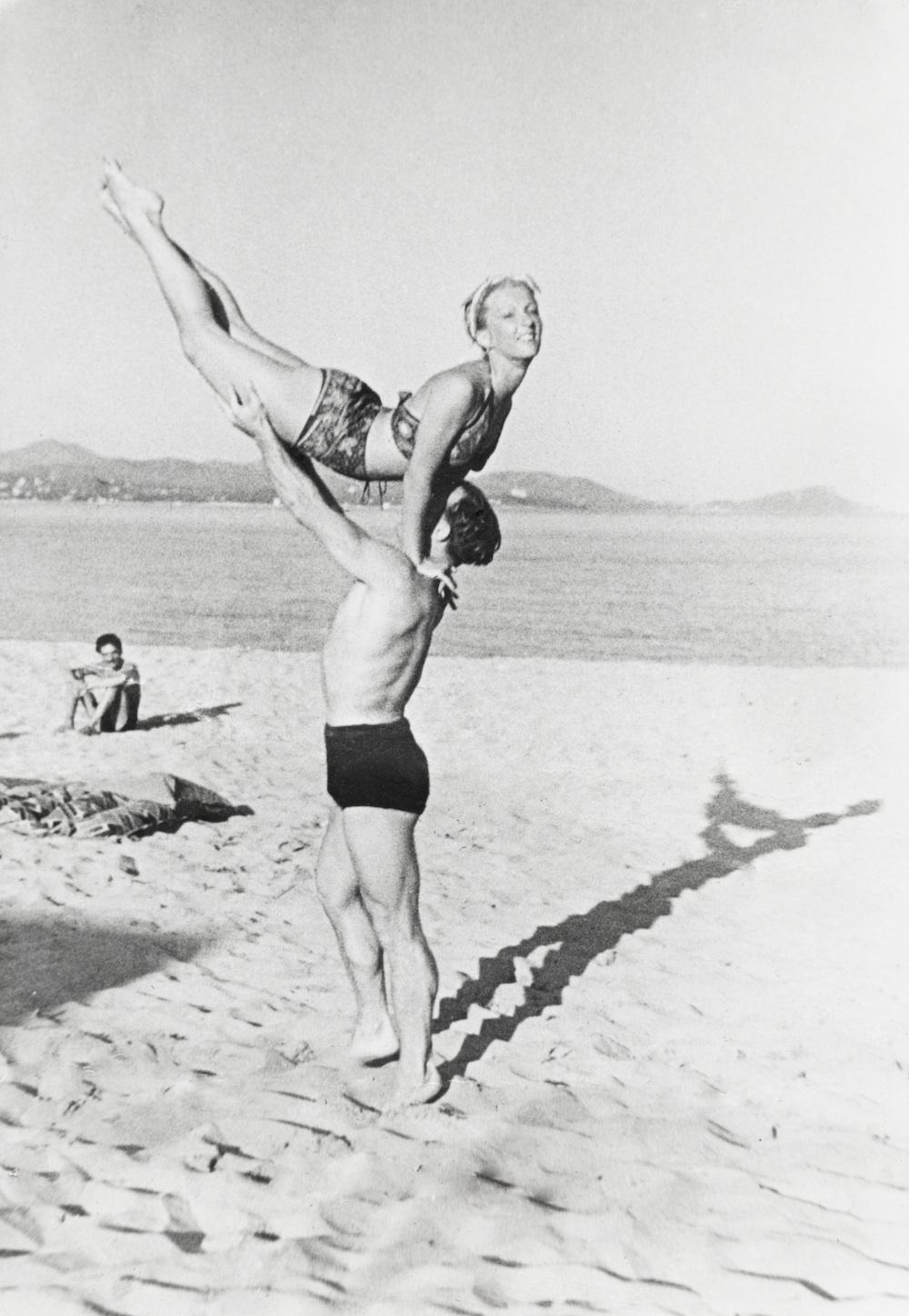
Irina Baronova and the Ballets Russes de Monte Carlo.
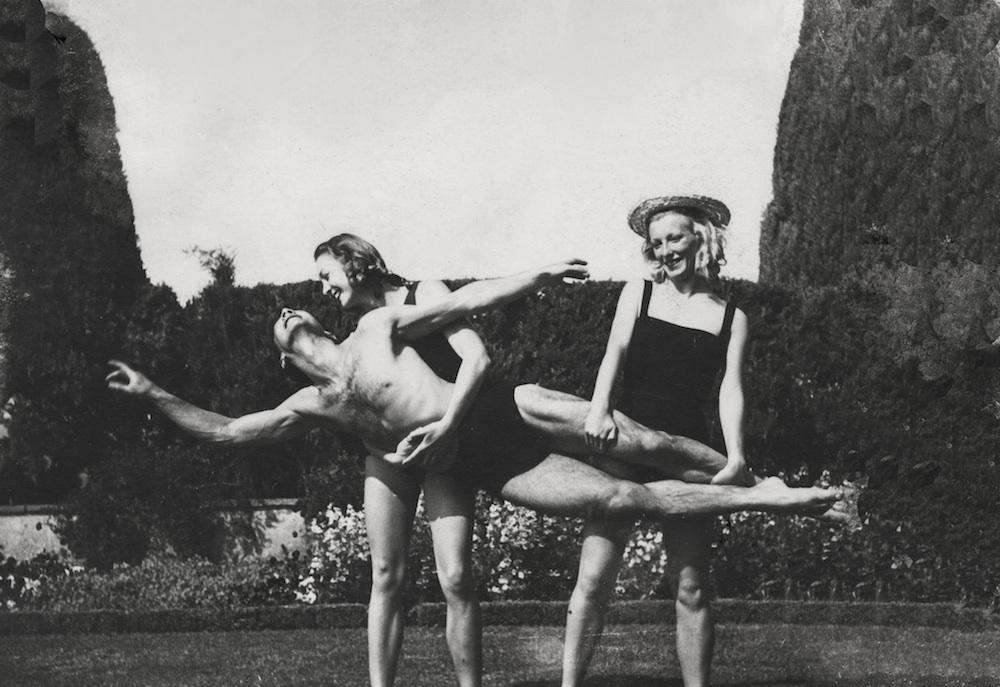
Irina Baronova and the Ballets Russes de Monte Carlo.
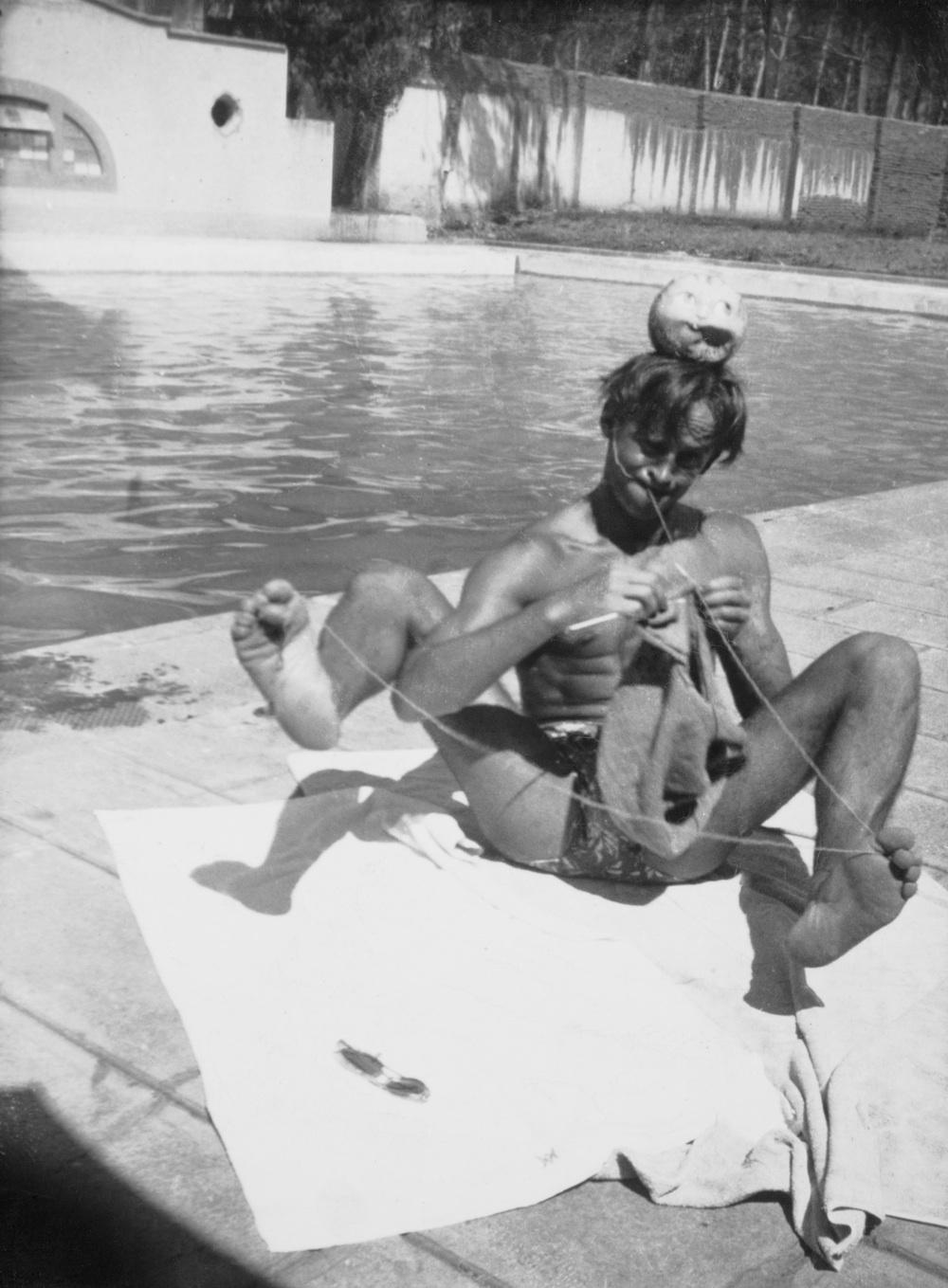
Irina Baronova and the Ballets Russes de Monte Carlo.

Irina Baronova and the Ballets Russes de Monte Carlo.
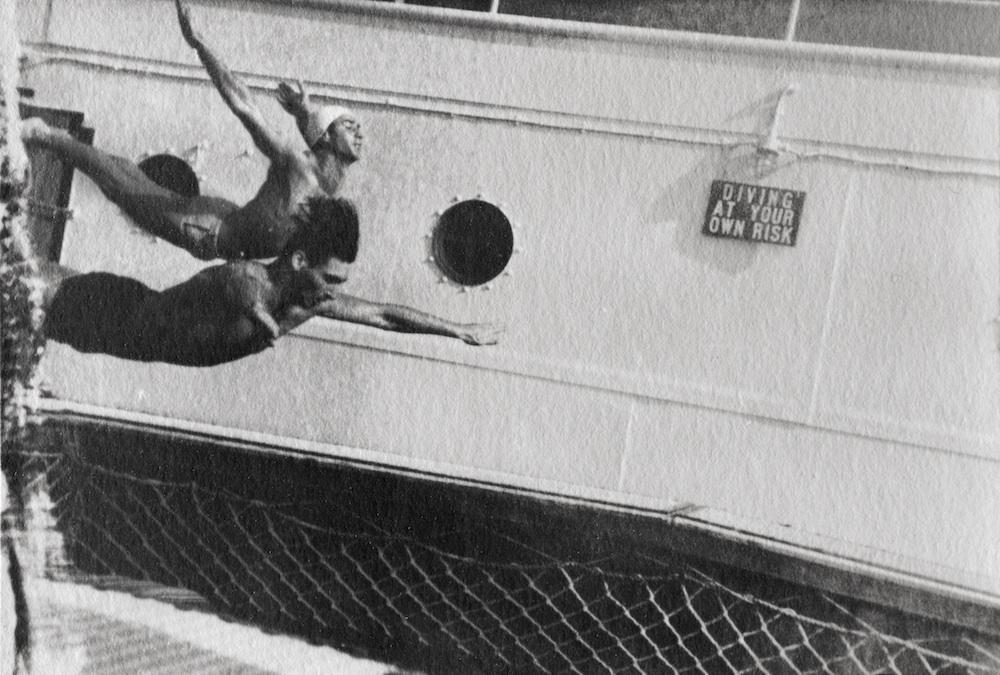
Irina Baronova and the Ballets Russes de Monte Carlo.
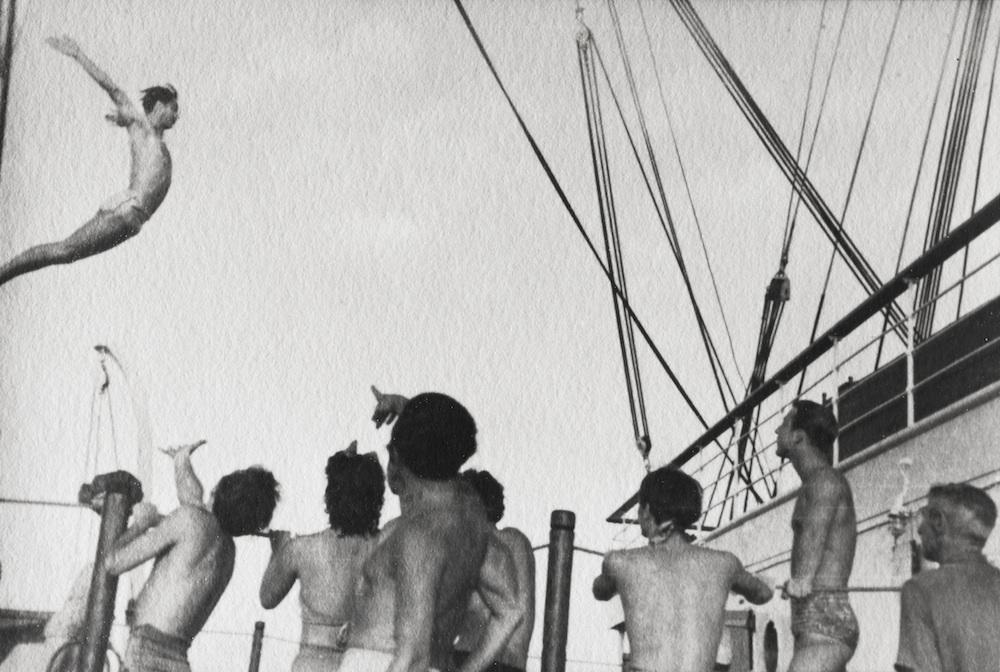
Irina Baronova and the Ballets Russes de Monte Carlo.
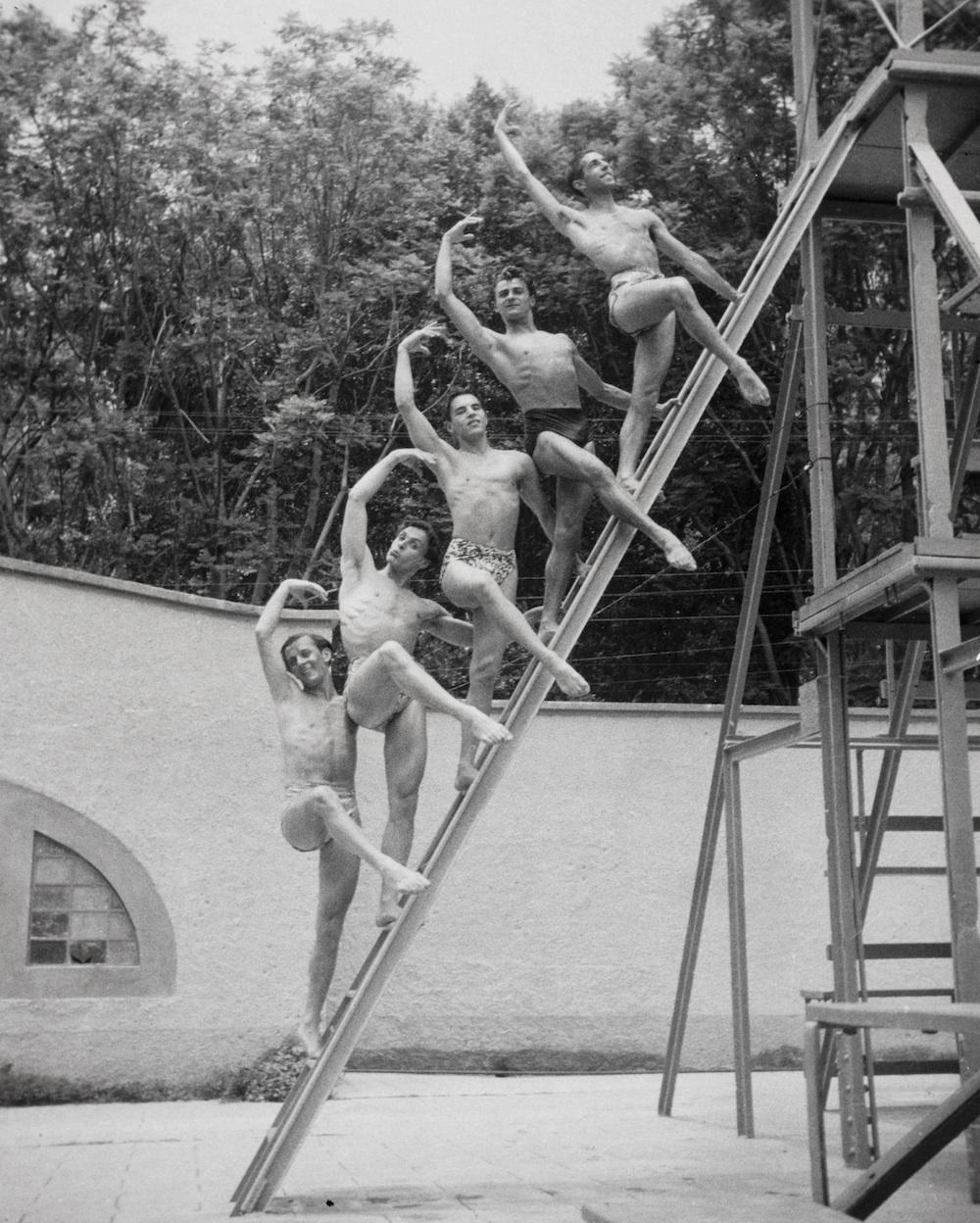
Irina Baronova and the Ballets Russes de Monte Carlo.